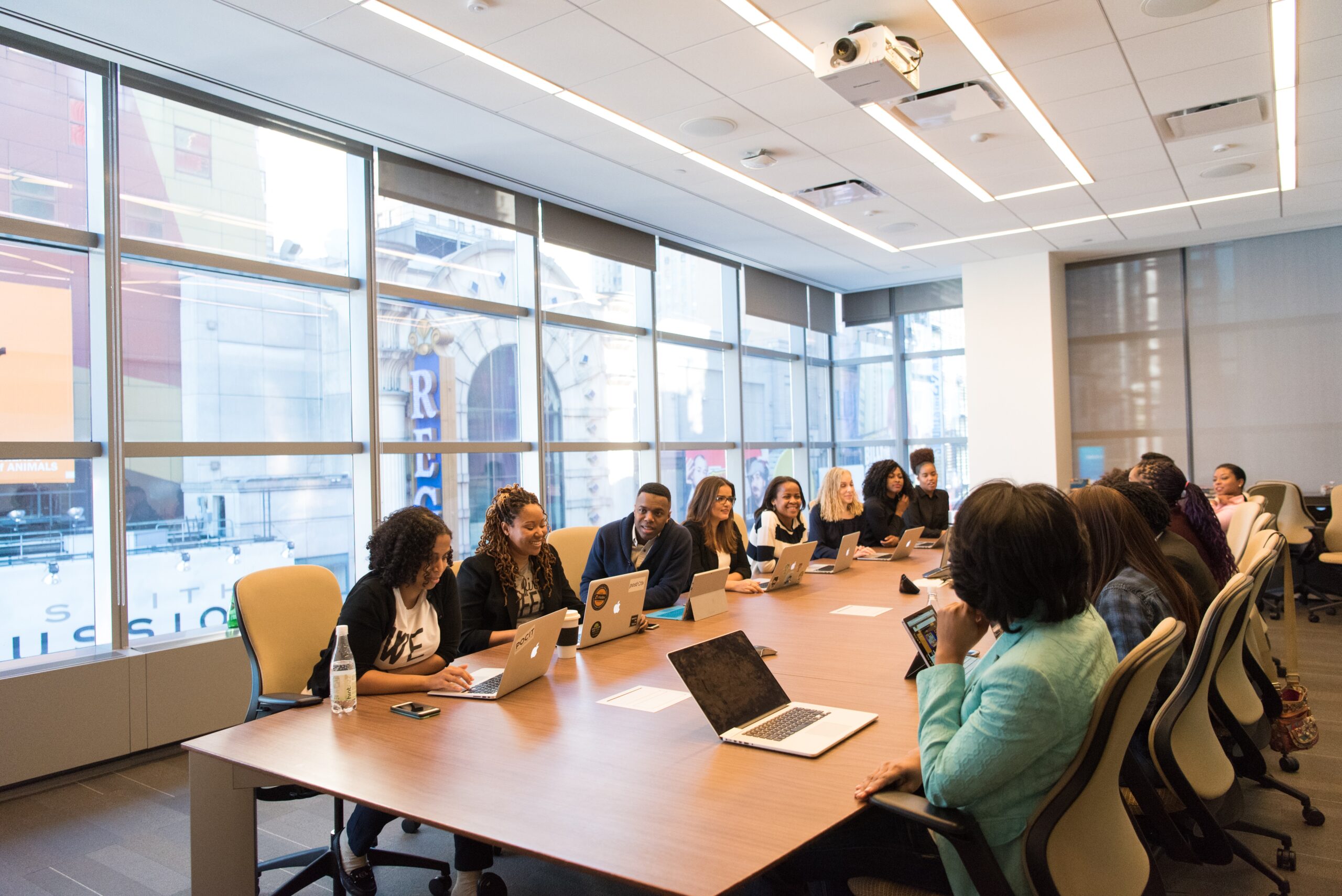Embarking on a new internship is the start of a transformative journey, providing a chance to gain firsthand experience in the professional world. The first day holds great significance in this expedition, serving as the initial stepping stone into a world of possibilities and growth. As a new intern, it’s common to feel nervous and uncertain, just like many others navigating the same new territory. Recognizing and acknowledging these feelings is the first step towards conquering them. In this guide, we will explore how to overcome first-day jitters, providing new interns with a roadmap to navigate their initial moments confidently. We’ll also discuss why building confidence is vital, not just as a personal reassurance but also as a key ingredient for a successful and enriching internship experience. So, let’s unravel the secrets to turn those nerves into stepping stones toward a thriving internship journey.
Preparing Mentally
When preparing for your first day as an intern, it’s important to mentally prepare yourself by doing research, introspection, and cultivating the right mindset. One essential aspect of this is to thoroughly understand the company’s core values and mission, align yourself with its principles, and establish a foundation for your role. To facilitate a smoother integration process, it’s crucial to go beyond surface-level introductions, get to know key team members, and understand their roles, expertise, and contributions.
Having realistic expectations is key to a positive start. You should acknowledge that every seasoned professional started as a novice, and the journey from intern to expert is a natural progression. Embracing the inevitability of mistakes as integral to the growth process enables you to face challenges with resilience. Treating the internship as a valuable learning experience emphasizes your role in absorbing knowledge, gaining skills, and fostering both personal and professional growth. This perspective diminishes the pressures of the first day, allowing you to approach challenges with an open and receptive mindset.

Dressing for Success

When you start a new internship, what you wear on your first day can have a big impact on the impression you make. To get off on the right foot, it’s important to know what kind of clothing is appropriate for your workplace. This might mean dressing up in more formal clothes, or it could mean dressing in a more casual way. By following these guidelines, you’ll show that you are respectful of the norms and expectations of your new workplace. In addition to these specific guidelines, it’s also a good idea to consider the overall culture of the company. This will help you choose an outfit that not only looks professional but also helps you fit in with your new team.
It is important to dress appropriately for work, but don’t forget about your comfort. Choose an outfit that meets professional expectations while allowing you to feel comfortable throughout the day. Striking a balance between professionalism and comfort can help boost your confidence and make you more presentable in the workplace. Remember that your attire is a visual representation of your willingness to contribute and adapt to the company’s culture, thus setting a positive tone for your internship.
Mastering Introduction and Networking
As a new intern, it’s important to learn how to introduce yourself and network effectively. This involves creating a brief but impactful self-introduction that includes your name, academic background, and professional interests. When listening to other people’s introductions, it’s important to actively engage with and show interest in your colleagues. This helps to create a positive and collaborative atmosphere in the workplace. Initiating conversations with a friendly attitude and expressing curiosity about your colleagues’ work and experiences can help you establish a proactive and sociable image. Asking thoughtful questions about your team members’ roles and projects not only demonstrates your curiosity but also helps you gain insight into team dynamics, which can make it easier to integrate into the work environment.
Building a Positive First Impression

Approaching your first day as a new intern with an optimistic mindset can set the tone for an impactful and fulfilling experience. By creating a welcoming environment where collaboration and productivity thrive, you can establish yourself as a valuable member of the team. Demonstrating genuine enthusiasm for the internship opportunity and a commitment to making a meaningful contribution reflects your eagerness to learn and grow. Prioritizing punctuality and preparation not only demonstrates professionalism but also shows respect for others’ time, contributing significantly to the positive overall impression you leave on colleagues and superiors. Remember, your attitude and actions can inspire those around you and make a lasting impact.
Handling First-Day Challenges
As a new intern, it is important to anticipate and manage common hurdles on your first day. These can include feeling overwhelmed, navigating technologies, and imposter syndrome. To manage feeling overwhelmed, prioritize tasks, seek guidance, and organize your approach to managing information effectively. When it comes to navigating technologies, proactively familiarize yourself with relevant tools and systems, and don’t hesitate to seek guidance from your team. If you experience imposter syndrome, combat self-doubt by acknowledging your achievements, seeking feedback, and embracing the learning curve. Remember, seeking help when needed is a strength, and reflecting on challenges as learning opportunities contributes to personal and professional growth. Approach these challenges with resilience and a positive mindset for a successful internship journey.
Embracing a Growth Mindset

Having a growth mindset is crucial for continuous learning. It means that you should view challenges as opportunities for growth, which will help you develop resilience and adaptability. It’s important to celebrate small achievements and progress because this reinforces a positive feedback loop that boosts confidence and motivation. This mindset not only enhances individual growth but also positively impacts team contributions, leading to overall internship success.
Establishing Clear Communication
Effective communication requires active listening, which involves paying close attention to instructions and feedback to demonstrate receptiveness. When instructions are unclear, seeking clarification shows commitment to accuracy and understanding. It is essential to express oneself clearly and professionally by using precise language, to minimize misunderstandings, and to foster a collaborative work environment.
Setting Realistic Goals

When setting goals for your internship, it is important to define clear short-term and long-term objectives. This involves providing immediate direction and aligning your goals with overall growth. Breaking down larger tasks into manageable steps can simplify projects and allow for effective progress tracking, which can foster a sense of accomplishment. Seeking regular feedback from colleagues and supervisors is crucial for assessing progress and identifying areas for improvement, which can contribute to continuous development throughout your internship journey.
Conclusion

Embarking on a new internship can be a transformative experience, full of challenges and opportunities. This guide is designed to help new interns navigate through essential steps, from getting mentally prepared and dressing appropriately to mastering introductions, building a positive impression, and handling first-day challenges. The guide emphasizes clear communication and realistic goal-setting, promoting a collaborative and purposeful internship experience. By embracing a growth mindset and viewing challenges as opportunities for growth, interns can foster their personal and professional development. As they navigate through this journey, each step will help them build confidence and success, setting the stage for a rewarding internship experience.







